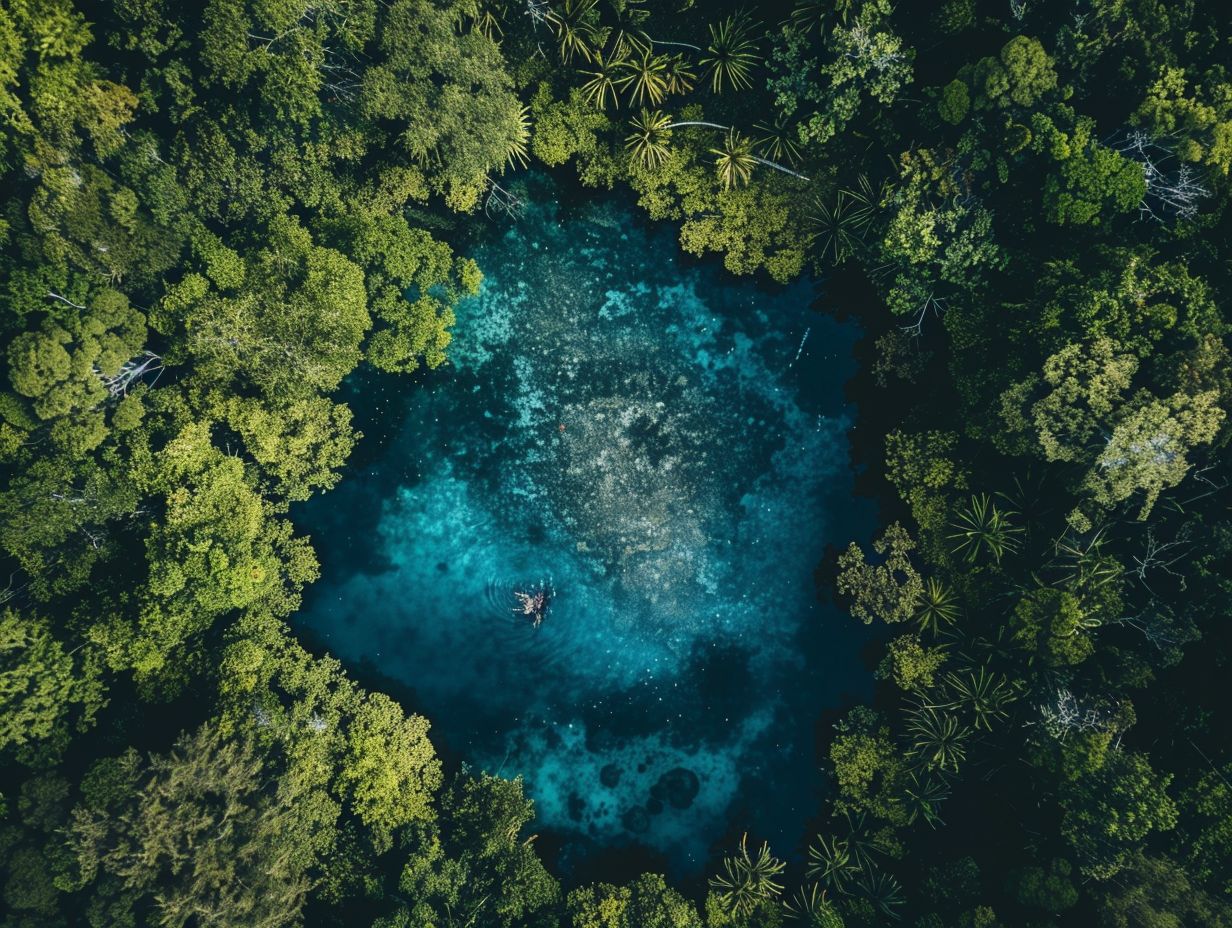Blue Springs State Park is a popular destination for nature enthusiasts and outdoor adventurers in Florida. As a state park, it has a set of rules and regulations that visitors must follow to ensure the safety and preservation of the natural environment. In this comprehensive blog post, we’ll dive deep into the Blue Springs State Park rules, providing you with the essential information you need to plan your visit and have an enjoyable experience.
Visiting Hours and Fees
Blue Springs State Park is open 365 days a year, from 8 a.m. until sundown. The park charges a $6 per vehicle entry fee, which is a standard rate for Florida state parks.
Park Capacity and Closures

One of the key rules at Blue Springs State Park is the management of park capacity. Due to its high visitation, especially on weekends and holidays, the park may temporarily close when it reaches capacity. During these closures, only registered campers will be allowed to enter the park. Visitors should be prepared for potential closures and plan their visit accordingly.
Manatee Protection
Blue Springs State Park is home to a significant population of manatees, a protected species. Swimming or diving with manatees is strictly prohibited, and this rule is actively enforced by park rangers. Visitors are required to observe the manatees from a safe distance and avoid any direct interaction with these gentle giants.
Camping and Dump Station
The park offers camping facilities, but it’s important to note that the dump station at Blue Springs State Park is currently out of service. Campers can use the dump station available at the nearby O’Leno State Park.
Wildlife and Natural Springs
Blue Springs State Park is renowned for its natural springs, including the Gilchrist Blue, a second-magnitude spring that produces an average of 44 million gallons of water per day. Visitors can enjoy a variety of activities, such as paddling, snorkeling, and swimming, in the crystal-clear waters. The park is also home to a diverse array of wildlife, including turtles, fish, and various species of sunfish and bass.
Amenities and Facilities
The park provides several amenities for visitors, including pavilions, a concession stand for food and beverage service, and equipment rentals for paddling activities. Visitors can also enjoy hiking trails and picnicking areas within the park.
Enforcement and Compliance
Park rangers are responsible for enforcing the rules and regulations at Blue Springs State Park. Visitors are expected to comply with all posted signs and instructions to ensure the safety and preservation of the park’s natural resources. Failure to follow the rules may result in fines or other penalties.
Conclusion
Blue Springs State Park is a natural wonder that offers a unique and enjoyable experience for visitors. By understanding and following the park’s rules and regulations, you can help protect the delicate ecosystem and ensure that future generations can also enjoy the beauty and serenity of this remarkable destination. Remember to plan your visit, respect the wildlife, and follow the guidelines to make the most of your time at Blue Springs State Park.
References:
– Ruth B. Kirby Gilchrist Blue Springs State Park | Florida State Parks, https://www.floridastateparks.org/parks-and-trails/ruth-b-kirby-gilchrist-blue-springs-state-park
– Blue Spring State Park in Orange City | VISIT FLORIDA, https://www.visitflorida.com/listing/blue-spring-state-park/26275/
– Blue Spring State Park – Florida State Parks, https://www.floridastateparks.org/parks-and-trails/blue-spring-state-park

